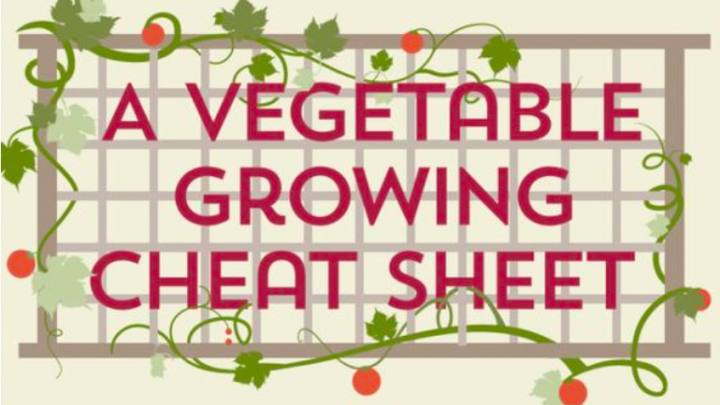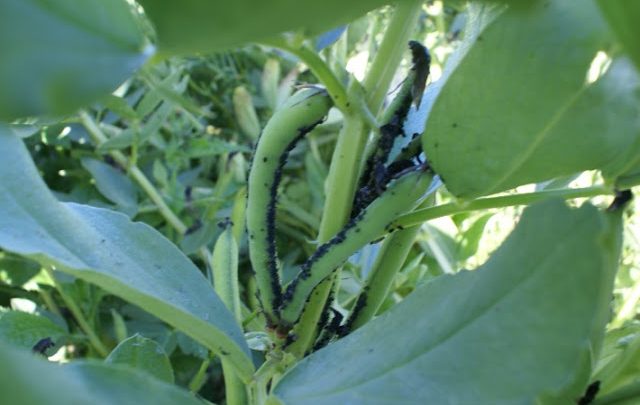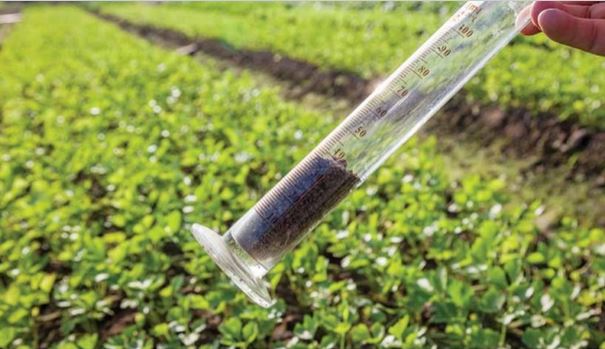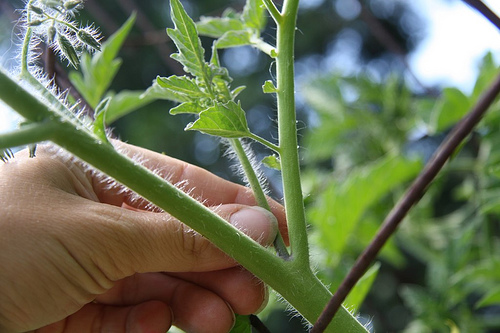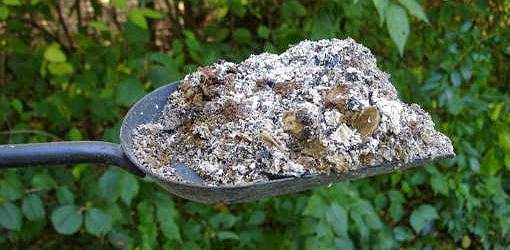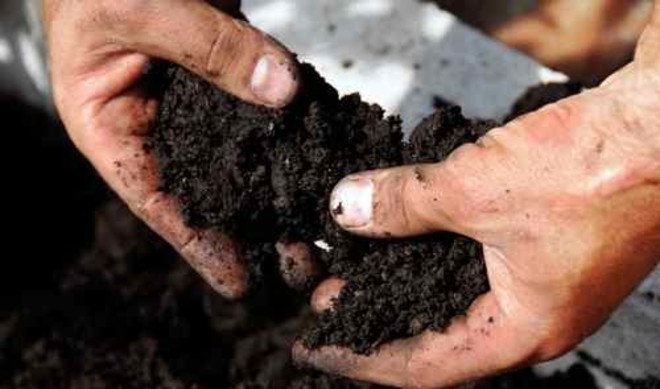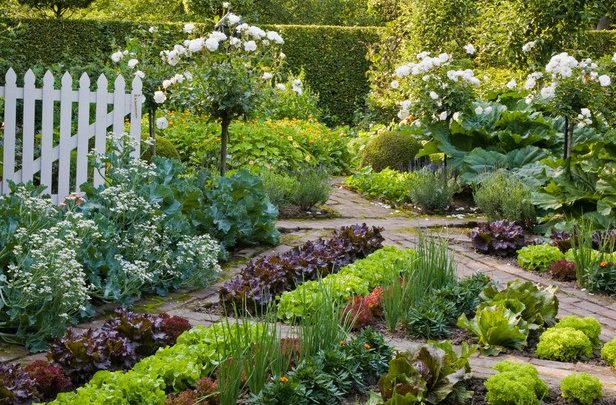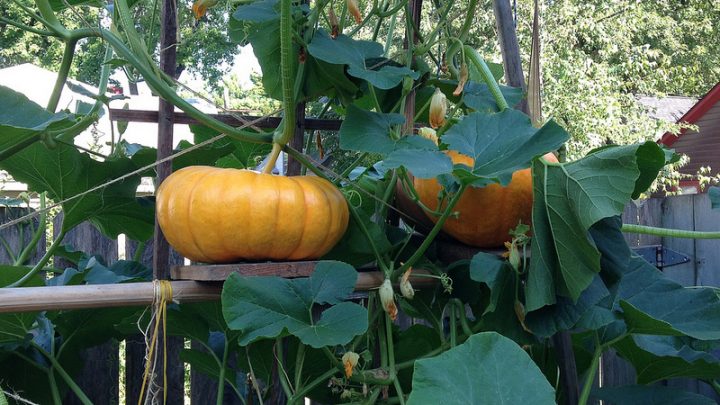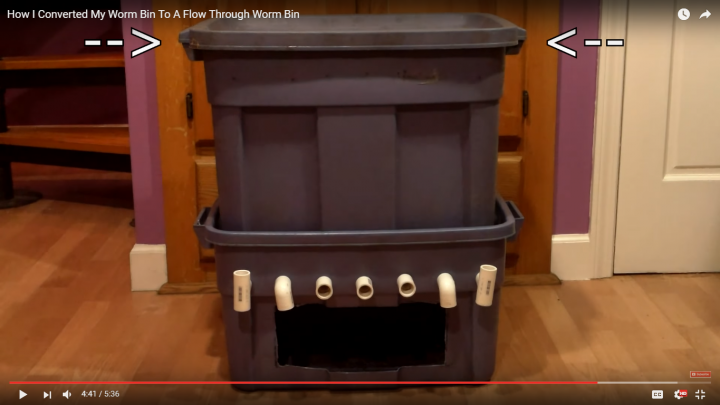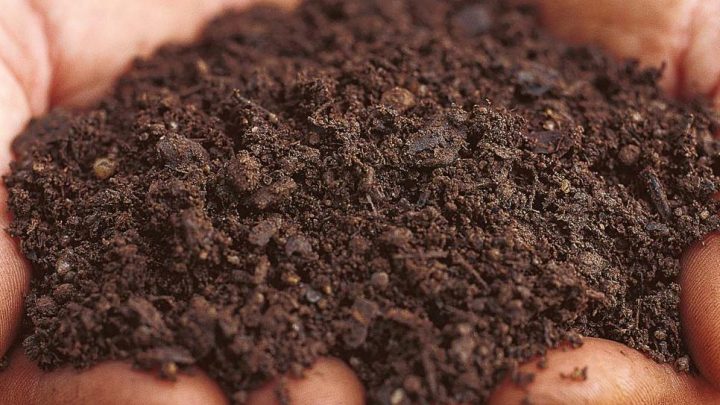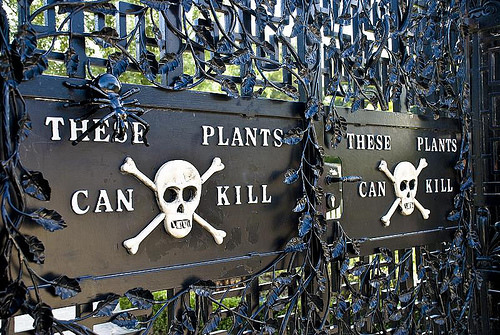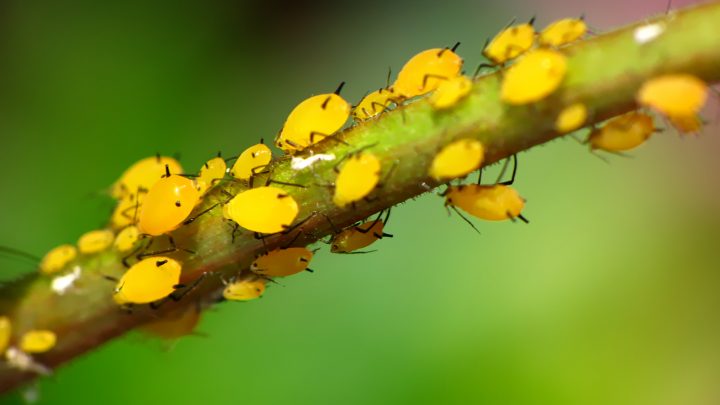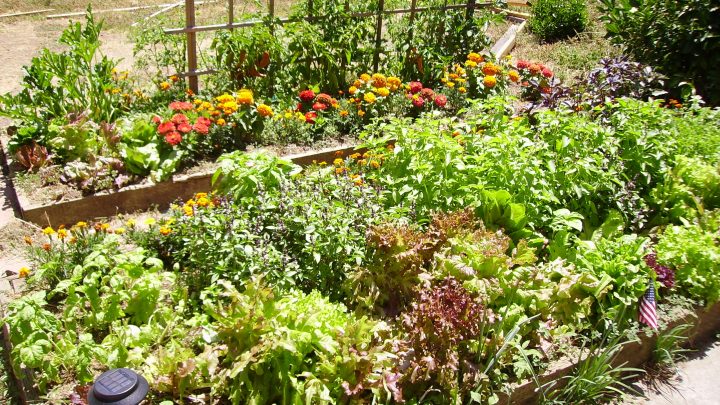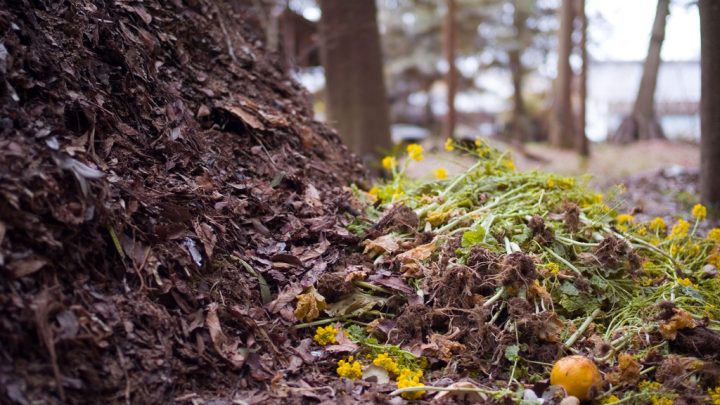A Vegetable Growing Cheat Sheet
I love a good, detailed infographic, especially when it comes to gardening. A lot of the gardening infographics that show up on my feed on Pinterest are pretty simple, so I was stoked when I found this one from Anglianhome.co.uk recently. It’s an all-purpose cheat sheet for vegetable growing, from what’s best for plot vs. patio (or potted) vegetable gardens, where to plant, when to plant, and a handy companion planting guide as well. I think the companion planting guide section is my favorite, with handy color coding. It can be overwhelming trying to decide what to plant with what, […]
Read more »
